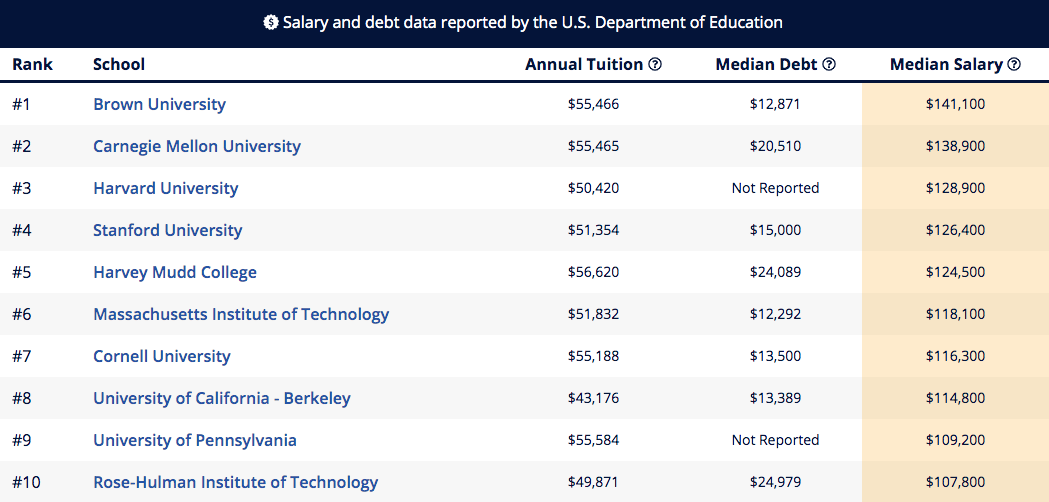If you’re thinking of heading abroad to study in Mexico, you’ll want to do your research beforehand. From tips on how to visit Mexico safely, to advice on transport and local customs, here’s everything important you should know before your plane leaves.
Staying safe
Crime in Mexico is one of the country’s most urgent issues, and while some news stories and statistics can be a bit disconcerting, the threat to travelers is minimal so there’s no need to let it impact your enjoyment.
You should follow these steps to keep yourself safe, most of which should really be common sense:
- Use public transport by day and private transport by night
- Don’t wear expensive jewelry, and only carry small amounts of cash
- Keep an eye on your belongings at all times when traveling
- Take care when using ATMs – don’t count your money after withdrawing it
- Avoid political demonstrations
- Don’t hail taxis from the street – call a taxi company directly
- Carry a photocopy of your passport
- Keep up to date with current affairs
As you may have heard in the news recently, Mexico is also prone to natural disasters such as hurricanes and earthquakes. You can view advice on staying safe during an earthquake here and during a hurricane here.
Staying well
To make sure you’ll stay healthy while you study in Mexico, it’s a good idea to visit your doctor a few months before traveling, to check whether you need to have any vaccinations, such as those for cholera or Hepatitis A and B. When you’re in Mexico, you should drink only bottled or boiled water, and be wary of ice in drinks if you don’t know the source. Also, if you’re studying in a high-altitude city like Mexico City, it’s possible that you’ll experience minor altitude sickness symptoms at first, as the city is 2,240m (7,349ft) above sea level. Take it easy while your body adjusts to the height, and take medication if necessary.
Languages & culture
Although Spanish is spoken by the vast majority of Mexico’s population, there are also over 60 indigenous languages spoken, with the Náhuatl and Mayan languages the most common. Of course, Mexican Spanish has its own weird and wonderful idioms and slang terms that you won’t hear elsewhere: here’s a helpful list.
More than 82 percent of the population is Roman Catholic, and many Mexicans are quite religious. Mexican people are very friendly and can be somewhat formal – it’s common to address people as señor, señora or señorita. When speaking to an elder or someone you have a professional relationship with (such as a university professor) it’s best to use the formal pronoun usted instead of the informal tú.
When greeting someone, it’s customary to make physical contact, usually with a handshake (with strangers) or a small hug and kiss on the cheek (with friends). It’s also customary to say buen provecho (bon appetit) before eating when sharing a meal together, and you should give at least a 10 percent tip in restaurants and bars.
It’s great to be familiar with important days in Mexican culture, such as Cinco de Mayo (easily remembered if you know your Spanish: May 5), which commemorates the Mexican Army's victory over the French Empire at the Battle of Puebla, on May 5 1862. Cinco de Mayo is sometimes mistaken for Mexican Independence Day, which is actually September 16. Cinco de Mayo, unlike Independence Day, is not a national holiday – but it is widely celebrated in Puebla. There’s also the famous Day of the Dead (Día de Muertos) holiday, celebrated November 1-2, in which Mexicans celebrate and remember deceased loved ones and help support their spiritual journey. It’s a colorful, exciting time, despite the usually grim subject of death, and definitely one to get involved in while you study in Mexico.
In terms of Mexican food, there’s far more to it than tacos and burritos (although we wouldn’t say no to either). Mexican food is vibrant, interesting and bold, and was named part of the Intangible Cultural Heritage of Humanity by UNESCO. Tortillas, corn and chili are three key ingredients: we hope you like chili in particular, as Mexicans like to add it to pretty much everything – including breakfast. You can read about what dishes and drinks you should try during your studies here.
Getting around
As you settle in and get used to your surroundings as you study in Mexico, you’ll probably want to travel further afield, perhaps by bus or even a domestic flight. Wherever you go, there’s a lot to see – Mexico is one of the most biodiverse countries on the planet, and is home to a significant number of UNESCO World Heritage Sites, including ancient ruins, colonial cities, and natural reserves. It’s also very beautiful – you can read more about the most beautiful places to visit in Mexico here.
If you want to travel around Mexico via bus, the country actually has a very well-developed, affordable and comfortable intercity bus system, offering different classes of service to suit your needs.
Mexico City has a large, fast metro system – like any city, you can expect this to be very busy during weekday rush hours, but it’s nonetheless very efficient, getting you to the city center far faster than a taxi would. It’s also super affordable, with a one-way ticket only costing you five pesos – the equivalent of just 25 US cents.
Want more content like this? Register for free site membership to get regular updates and your own personal content feed.










